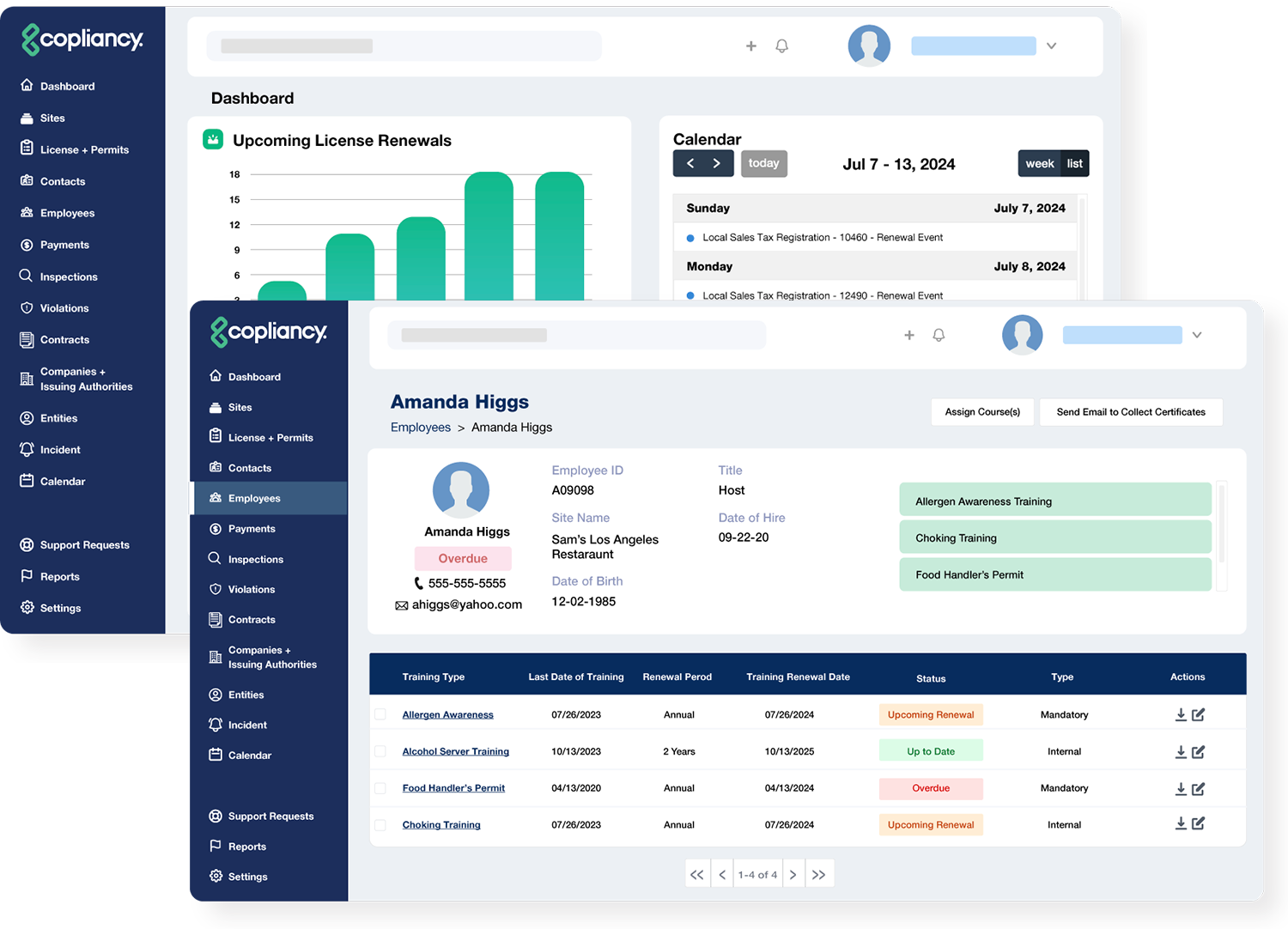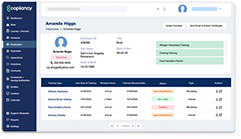In today’s fast-paced business world, the need for efficiency and speed is more crucial than ever. Yet, many companies still rely on paper-based processes that slow them down, create bottlenecks, and result in significant operational inefficiencies. Moving from paper overload to a seamless digital workflow is no longer an option; it’s a necessity for businesses aiming to stay competitive. By digitizing and centralizing document management, organizations can boost accuracy, enhance security, and enable their teams to work faster and more efficiently.
Teams require an online document management system to ensure accuracy, consistency, and minimize operational inefficiencies. Copliancy is the perfect solution to these challenges!

Centralized Document Management: Improved Data Accuracy and Consistency
One of the primary issues with paper-based systems is the difficulty in maintaining data accuracy and consistency. Manually handling physical documents leads to human error, duplication, and loss of information. When multiple teams or departments manage their own files, inconsistencies inevitably arise, making it challenging to trust your data.
A digital workflow addresses these problems by centralizing document management. With a unified digital system, all data is stored in one place, easily accessible to authorized personnel. This streamlining of information helps reduce errors and ensures that everyone is working with the same, up-to-date documents. Whether it’s client records, contracts, or financial reports, the accuracy and consistency of information can be maintained, enhancing decision-making and operational effectiveness.
File Security and Compliance with Industry Regulations
Another significant challenge with paper-based processes is ensuring that sensitive information is secure. Documents can easily be misplaced, stolen, or damaged in a paper-based environment. In industries like healthcare, finance, or legal, this lack of security can lead to non-compliance with industry regulations, which can result in costly penalties.
Digital workflows solve these issues by incorporating robust security features like encryption, user authentication, and permission-based access. Additionally, a digital system can automate compliance with industry regulations, ensuring that all necessary safeguards are in place. These workflows track and audit changes, providing a clear record of who accessed or modified documents, which is essential for industries where compliance is critical.

Enabling Teams to Work Faster and More Efficiently
Perhaps the most immediate benefit of moving from paper to digital is the significant boost in productivity. Paper-based systems often require employees to spend valuable time searching for documents, manually filling out forms, or waiting for approvals. In contrast, a digital workflow allows your team to quickly access the files they need, collaborate in real-time, and automate routine tasks.
Automating repetitive tasks, such as data entry or approval requests, frees up time for employees to focus on higher-value work. With the added advantage of digital tools like document templates, automatic versioning, and workflow tracking, teams can execute tasks faster, while reducing errors. This increase in efficiency translates directly into cost savings, better customer service, and improved overall performance.
—–
Transitioning from a slow, paper-based process to a seamless digital workflow is a game-changer for businesses looking to enhance efficiency, security, and productivity. By centralizing document management, ensuring compliance, and enabling faster workflows, companies can improve data accuracy, protect sensitive information, and allow their teams to work smarter—not harder.
The move toward digital transformation is more than just a technological upgrade; it’s about reshaping the way businesses operate in an increasingly complex and fast-moving world. Embracing this shift ensures that your organization is well-equipped to meet the demands of today while positioning itself for success in the future.
